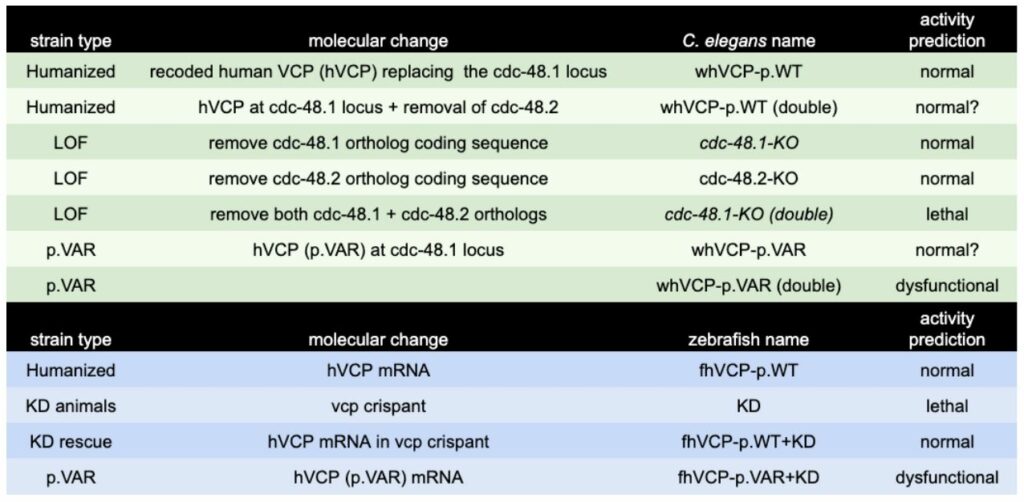CRISPR's Potential: Efficient Whole Gene Insertion In Human DNA

Table of Contents
Overcoming Challenges in Whole Gene Insertion
Previous gene editing methods faced significant limitations in achieving precise and complete whole gene insertions. These limitations significantly hampered the development of effective gene therapies for numerous genetic disorders.
Limitations of previous gene editing methods:
Older techniques, such as viral vectors and zinc finger nucleases, struggled with several key issues:
- Difficulty in delivering large DNA sequences into cells: Whole genes are considerably larger than the DNA fragments used in simpler gene editing. Delivering these larger sequences efficiently and without damage to the cell was a major hurdle.
- High rates of off-target modifications: These older technologies often resulted in unintended edits at locations other than the target site, potentially causing harmful consequences.
- Limited efficiency of homologous recombination: Homologous recombination, the natural cellular process used to integrate new DNA, was inefficient with previous methods, leading to low success rates in whole gene insertion.
- Challenges in controlling the precise insertion site: Precisely controlling where the new gene integrated into the genome was extremely difficult, leading to unpredictable results.
These obstacles significantly hindered the progress of whole-gene insertion therapies, making CRISPR-Cas9's emergence a transformative event.
CRISPR-Cas9: A Game Changer for Whole Gene Insertion
CRISPR-Cas9 technology has revolutionized gene editing due to its enhanced precision and efficiency. This system leverages a guide RNA molecule to direct the Cas9 enzyme to a specific DNA sequence, creating a double-strand break. The cell's natural DNA repair mechanisms then integrate a provided DNA template, allowing for precise gene insertion.
Enhanced Precision and Efficiency:
- Increased precision in targeting specific genomic locations: The guide RNA allows for highly specific targeting, minimizing off-target effects.
- Higher efficiency of homologous recombination: CRISPR-Cas9 significantly increases the efficiency of homologous recombination, leading to a greater success rate in whole gene insertion. Optimized delivery systems further enhance this efficiency.
- Reduced off-target effects compared to older techniques: While off-target effects are still a concern, CRISPR-Cas9 significantly reduces their frequency compared to previous methods.
- Potential for multiplexed gene insertion: CRISPR-Cas9 allows for the simultaneous targeting and modification of multiple genomic locations, opening up possibilities for complex gene therapies.
This combination of precision, efficiency, and versatility positions CRISPR-Cas9 as a superior tool for whole gene insertion compared to its predecessors.
Advanced CRISPR Systems for Whole Gene Insertion
Beyond the basic CRISPR-Cas9 system, further advancements have been made to enhance the precision and versatility of gene editing.
Base Editing and Prime Editing:
- Base editing: This technique allows for the modification of single base pairs without causing a double-strand break. This approach offers increased accuracy and reduces the risk of off-target effects.
- Prime editing: This more advanced method allows for a wider range of edits, including insertions and deletions of larger sequences, making it a powerful tool for precise gene insertion and correction. It offers greater flexibility in editing outcomes compared to both standard CRISPR and base editing.
- These techniques may reduce off-target effects further: By minimizing the need for double-strand breaks, base and prime editing can significantly reduce the potential for unintended consequences.
These improvements refine CRISPR's capabilities, making whole gene insertion even more precise and controlled.
Applications of Efficient Whole Gene Insertion
The ability to efficiently insert whole genes holds immense therapeutic potential for treating various genetic disorders.
Treating Genetic Diseases:
- Restoring functional genes in patients with genetic diseases: Whole gene insertion can replace missing or non-functional genes, potentially curing diseases caused by gene deletions or mutations.
- Correcting gene mutations without affecting other regions of the genome: The precision of CRISPR allows for targeted insertion, minimizing collateral damage to other parts of the genome.
- Potential for gene therapy in a wide range of disorders: The possibilities extend to numerous genetic diseases, including cystic fibrosis, hemophilia, and many others, where a single gene defect underlies the pathology. The potential to deliver functional genes directly to affected cells is a revolutionary advancement.
The ability to treat previously incurable diseases opens up new horizons in healthcare.
Ethical Considerations and Future Directions
The power of whole-gene insertion necessitates careful consideration of its ethical implications.
Ethical implications of germline editing:
- Potential unintended consequences of germline editing: Changes made to germline cells (sperm and egg cells) are heritable, raising concerns about potential long-term consequences for future generations.
- Ethical debates surrounding the use of gene editing technology: Discussions on the appropriate applications of this technology are ongoing, encompassing issues of accessibility, equity, and potential misuse.
- Importance of careful regulation and oversight: Strict ethical guidelines and regulations are essential to ensure the responsible development and use of CRISPR technology for whole gene insertion.
Future research will focus on refining the technology, enhancing its safety, and addressing the ethical challenges. Further investigation into delivery mechanisms and minimizing off-target effects remain important goals.
Conclusion
CRISPR technology represents a significant leap forward in gene editing, offering unprecedented potential for efficient whole gene insertion in human DNA. The advancements in precision, efficiency, and versatility have addressed many limitations of previous gene editing techniques, paving the way for revolutionary gene therapies. While ethical considerations remain paramount, the potential to treat previously incurable genetic diseases is immense. Explore the future of CRISPR-based gene insertion and discover the latest advancements in this rapidly evolving field. Learn more about the potential of efficient whole gene insertion – it could be the key to a healthier future.

Featured Posts
-
 Manchester United Transfer Bid Rejected By Sporting Cp Boss
May 30, 2025
Manchester United Transfer Bid Rejected By Sporting Cp Boss
May 30, 2025 -
 Djokovic And Norrie At French Open Contrasting Fortunes In Round 2
May 30, 2025
Djokovic And Norrie At French Open Contrasting Fortunes In Round 2
May 30, 2025 -
 Province Expands Advanced Care Paramedic Services To Rural And Northern Manitoba
May 30, 2025
Province Expands Advanced Care Paramedic Services To Rural And Northern Manitoba
May 30, 2025 -
 The Mibot And Kg Motors A Japanese Electric Vehicle Breakthrough
May 30, 2025
The Mibot And Kg Motors A Japanese Electric Vehicle Breakthrough
May 30, 2025 -
 Jan 6 Hearings Witness Cassidy Hutchinson Announces Memoir
May 30, 2025
Jan 6 Hearings Witness Cassidy Hutchinson Announces Memoir
May 30, 2025
Latest Posts
-
 Elon Musks Awkward Saudi Encounter With Donald Trump
May 31, 2025
Elon Musks Awkward Saudi Encounter With Donald Trump
May 31, 2025 -
 Trumps Changing Stance On Musk Cnn Data Chief Explains
May 31, 2025
Trumps Changing Stance On Musk Cnn Data Chief Explains
May 31, 2025 -
 Madrid Atp 1000 Girons Victory Over Berrettini
May 31, 2025
Madrid Atp 1000 Girons Victory Over Berrettini
May 31, 2025 -
 Munich Tennis Zverev Battles Griekspoor In Bmw Open Quarter Finals
May 31, 2025
Munich Tennis Zverev Battles Griekspoor In Bmw Open Quarter Finals
May 31, 2025 -
 Zverev Vs Griekspoor Bmw Open 2025 Quarter Final Highlights
May 31, 2025
Zverev Vs Griekspoor Bmw Open 2025 Quarter Final Highlights
May 31, 2025
